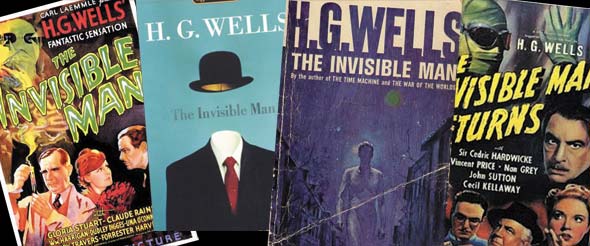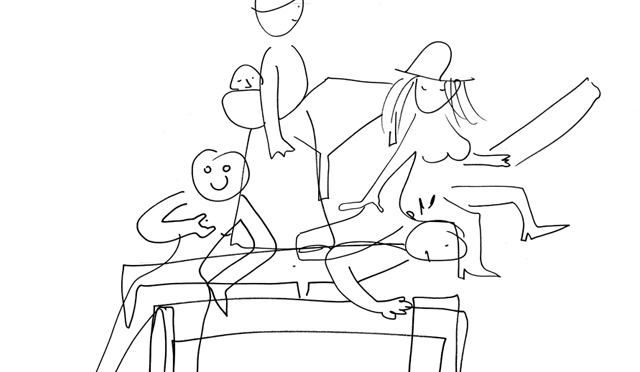Search
To search for an exact match, type the word or phrase you want in quotation marks.
A*DESK has been offering since 2002 contents about criticism and contemporary art. A*DESK has become consolidated thanks to all those who have believed in the project, all those who have followed us, debating, participating and collaborating. Many people have collaborated with A*DESK, and continue to do so. Their efforts, knowledge and belief in the project are what make it grow internationally. At A*DESK we have also generated work for over one hundred professionals in culture, from small collaborations with reviews and classes, to more prolonged and intense collaborations.
At A*DESK we believe in the need for free and universal access to culture and knowledge. We want to carry on being independent, remaining open to more ideas and opinions. If you believe in A*DESK, we need your backing to be able to continue. You can now participate in the project by supporting it. You can choose how much you want to contribute to the project.
You can decide how much you want to bring to the project.

The speed with which events are happening almost calls into question a tool like Twitter. News bombshells fall one after another, the subjects have to be dealt with in five minutes before the next one comes crashing down and we jump to the new subject, as the last one is already out of date. State your opinion fast or lose your turn. Although, in the end, as far as losing is concerned, it will all be lost. Who knows. With Twitter the archive is of no interest.
In this speedy context, Damien Hirst has his five minutes. He earns them by controlling the tools that disseminate the information, using just the right words (or lack of them) to make his stuff not seem too complicated, that it can enter into the usual modes of communication. Genius, mad, provocative, art and money. Without forgetting male and white. Then one has to see whether the art sector has the capacity to articulate an interesting debate, discussing key, or not so key, ideas about what art is today, its roles, processes and reception. Ideas that also oblige a rethinking of the type of contact visitors have with the exhibitions: if communication is the way it is, if the dominant language is that of the media, what to do with exhibitions? Does the exhibition have to play with the same words? Is the exhibition a context for another type of approximation? Will exhibitions that don’t follow the canons defined by the media be considered news?
Hirst, exhibitions, contact and formats and, on the other hand, proposals that seek other rhythms or stem from another idea about what an impact is. It is important that the spectre be wide ranging, that there exists a variety of possibilities. Nothing is exclusive, although some might be visible and others invisible.
In this edition of A*Magazine we present three situations. Alba Mayol takes a look at the commotion surrounding Damien Hirst at the Tate Modern, Haizea Barcenilla analyses the symposium recently organised in Bilbao by ENPAP and Consonni, looking at the meaning in art of public, and Oriol Fontdevila takes a look at a proposal in two times and locations by Job Ramos at Bòlit in Girona.

A*DESK is a critical platform focused on publishing, training, experimentation, communication and dissemination in relation to contemporary culture and art, which is defined by transversality. The starting point is contemporary art, because that is where we come from and this awareness allows us to go much further, to incorporate other disciplines and forms of thought in order debate issues that are relevant and urgent for understanding our present.
"A desk is a dangerous place from which to watch the world" (John Le Carré)